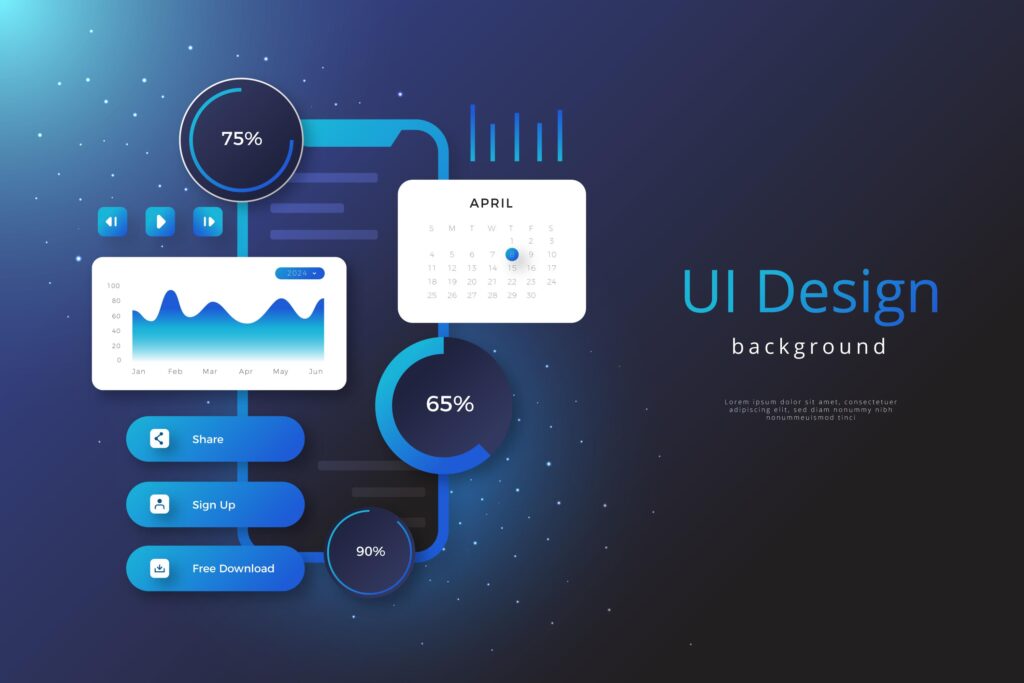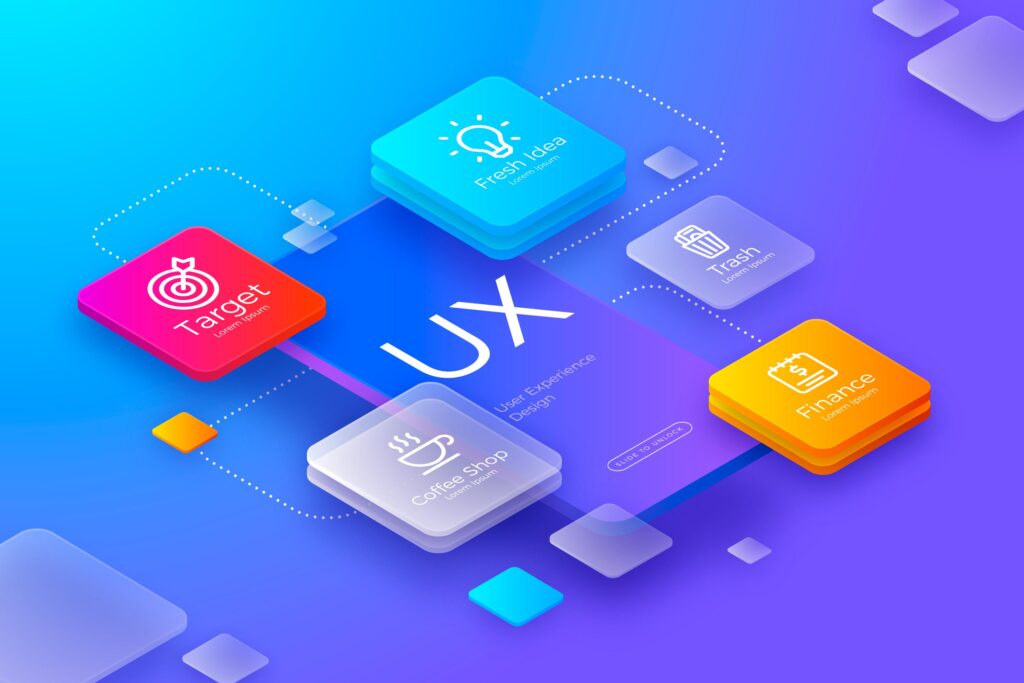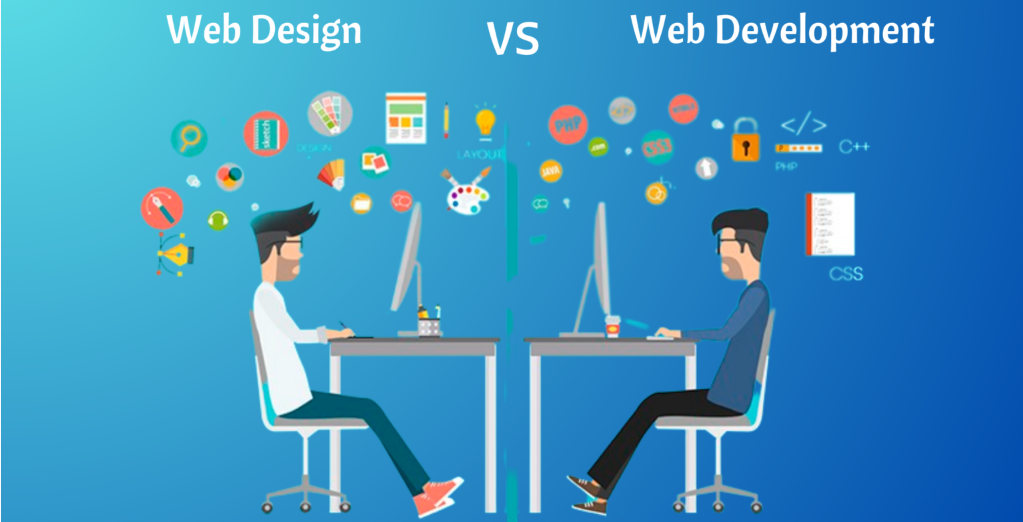UI/UX design aims to craft a positive user experience that fosters customer loyalty towards a brand or product. While a UX Designer focuses on how the user interface functions, the UI designer concentrates on its visual presentation. This comprehensive guide explores the path to becoming a UI/UX Designer and delves into various facets of the UI/UX field.
In today’s competitive landscape, businesses are pivoting from a product-centric approach to a customer-centric mindset. Understanding consumer needs through data and adhering to UI/UX design principles have become imperative instead of solely launching assumptions about user preferences.
The demand for UX designers is on the rise across diverse industries, making candidates with UI/UX design expertise highly sought-after in job markets alongside graphic designers and creative directors. Having UI/UX design credentials on a resume can significantly streamline the job search process for aspiring professionals.
What is UI Design?

UI design, or user interface design, is the process of creating interfaces in software or computerized devices with a focus on enhancing the user experience (UX). It involves crafting the look, feel, and interactivity of a digital product, such as websites, mobile apps, software applications, and other technological devices.
UI designers aim to make interfaces visually appealing, intuitive to use, and efficient in guiding users to accomplish their goals. They work on elements like layout, colors, typography, icons, buttons, and other interactive components, ensuring that the design is not only aesthetically pleasing but also functional and user-friendly.
Their goal is to create interfaces that are easy to navigate, understand, and interact with, ultimately enhancing user satisfaction and engagement with the product. Good UI design often involves understanding user behavior, conducting usability tests, and iterating on designs based on feedback to continuously improve the interface.
What is UX Design?

UX Design, short for User Experience Design, refers to the process of creating products or systems that provide meaningful and relevant experiences to users. It focuses on understanding users’ behaviors, needs, and motivations to develop products that are intuitive, easy to use, and enjoyable.
UX designers aim to enhance the overall experience a user has while interacting with a product, service, or system. This involves various stages, including research, analysis, design, prototyping, and testing.
How to Become a UI UX Designer?
Becoming a UI/UX designer involves a combination of education, skills development, experience, and a passion for creating great user experiences. Here’s a guide on how to start:
- Understand the Basics: Learn about UI (User Interface) and UX (User Experience) design. Understand their differences, their importance in product development, and how they work together.
- Education and Training: Consider formal education, such as a degree in graphic design, HCI (Human-Computer Interaction), interaction design, or a related field. There are also many online courses, tutorials, and bootcamps available that cover UI/UX principles and tools.
- Build Core Skills: Develop skills in design tools like Adobe XD, Sketch, Figma, or other prototyping tools. Additionally, learn about usability principles, user research methods, wireframing, and prototyping.
- Practice and Portfolio Building: Start working on projects to build your portfolio. This could include redesigning websites or apps, participating in design challenges, or working on personal projects. Your portfolio showcases your skills and thought process to potential employers.
- Gain Experience: Look for internships, freelance projects, or entry-level positions to gain hands-on experience. Real-world projects will help you apply what you’ve learned and further develop your skills.
- Networking and Community Engagement: Join design communities, attend meetups, webinars, or conferences. Networking can provide opportunities to learn from others in the field and possibly find job opportunities.
- Continuous Learning: The field of UI/UX design is constantly evolving. Stay updated with the latest trends, tools, and technologies. Continuous learning is key to staying competitive.
- Soft Skills: Develop soft skills such as communication, problem-solving, and empathy. These skills are crucial for understanding user needs and collaborating effectively with team members.
Becoming a UI/UX designer is a journey that involves continuous learning and improvement. Be open to feedback, stay curious, and keep honing your skills to become a proficient and successful designer.
Skills Required to Become a UX Designer
If you wish to know how to become a UX Designer, you need to have these abilities.
- UX Research Skills: This involves the ability to collect and analyze qualitative and quantitative data through methods such as user interviews, observation, survey distribution, and focus groups
- Ability to Wireframe and Prototype: UX designers should be proficient in creating visual representations of a website’s layout, drawing UI elements, and developing mockups to test concepts or procedures
- UX Writing Skills: A specialized skill set that involves writing microcopy, which is crucial for website navigability and overall user experience
- Interaction Design Skills: This includes paying attention to user flow, information access, and screen layout to create user-friendly interfaces
- Visual Communication Skills: Understanding the principles of effective visual communication, such as typography, color theory, layout, and icons, is essential for creating impactful designs
These skills, both technical and soft, are vital for a career in UX design and can be developed through various courses, practice, and continuous learning.
What Do UI Designers Do?
UI Designers focus on crafting the visual elements of digital products like websites or apps. They’re like visual artists in the digital realm, responsible for creating interfaces that users interact with.
Their role involves ensuring these interfaces are visually appealing and easy to use. UI Designers prioritize making digital products not only look good but also intuitive to navigate. A key goal is to create interfaces that leave a positive impression on users, shaping their perception of a brand or product.
Skills Required to Become UI Designer
To become a successful UI designer, you need to possess a mix of hard (technical) and soft (transferable) skills. Some of the essential skills and attributes required for this role include:
- Creativity and Innovation in UI Design: UI designers should be able to come up with innovative designs and solutions, pushing the boundaries of design aesthetics while addressing user concerns
- Attention to Detail: Paying close attention to the smallest details is crucial for creating high-quality user interfaces
- Communication: Excellent interpersonal and verbal communication skills are essential as UI designers often work in teams and need to convey their design concepts to various stakeholders
- Empathy: Having empathy for the end user is important for creating not only visually appealing but also user-friendly interfaces
- Experience With Design and Prototyping Tools: Proficiency in design tools such as Adobe Illustrator, Adobe Photoshop, Figma, Sketch, and others is a must for UI designers
- Knowledge of Design Principles: Understanding design concepts, color theory, typography, and layout is important for creating effective and aesthetically pleasing designs
In addition to these, UI designers should also have expertise in visual design, information architecture, and user research skills. They need to be patient, flexible, and have a dedication to advancing the usability and aesthetics of digital interfaces. Overall, a successful UI designer requires a combination of design expertise, user-centric thinking, and a commitment to delivering exceptional user experiences.
Difference Between UX and UI Designers
UX (User Experience) and UI (User Interface) design are two distinct but related fields. UX design focuses on the overall experience a user has with a product or service, while UI design is concerned with the visual and interactive elements of a product’s interface. UX designers consider the user’s entire journey to solve a particular problem, while UI designers focus on how the product’s interfaces look and function.
UX designers conduct user research, create wireframes and prototypes, and ensure that the product is easy to use and intuitive. UI designers create visual elements such as logos, graphics, layouts, and navigation systems, and ensure that the product adheres to UI standards and best practices.
While there is some overlap between the two fields, they require different skill sets and processes. UX and UI designers work closely together to create a seamless user experience. Overall, UX and UI design are both crucial to the success of a product or service, and understanding the differences between the two is important for aspiring designers.
FAQs
- Is there a growing market for UX Designers?
Yes, UX Designers are in high demand in a wide range of fields. Nearly 90 percent of managers and department heads surveyed by Adobe stated that increasing the number of UX Designers in their organizations is a major priority, and 73 percent said they plan to hire more UX Designers in the next five years.
- Does UI/UX require coding?
If you are pursuing a career in UX/UI design, coding is not an essential requirement.
- Is the UI front-end or back-end?
Front-end and user interface are interchangeable terms in this context. Front-end developers could also be referred to as UI developers. However, this isn’t the industry norm. Instead, development and design roles are divided between the front-end and the UI.
- How long does it take to become a UI designer?
The time it takes to become a UI (User Interface) designer can vary depending on several factors, including your starting point, the learning resources available, your dedication, and how quickly you grasp the required skills. But generally, you need at least 12 weeks to become a UI designer.
- How much is the UI/UX designer salary in Nepal?
In general, salaries for entry-level designers range from around NPR 25,000 per month to NPR 200,000 per month or more for senior designers with several years of experience.



